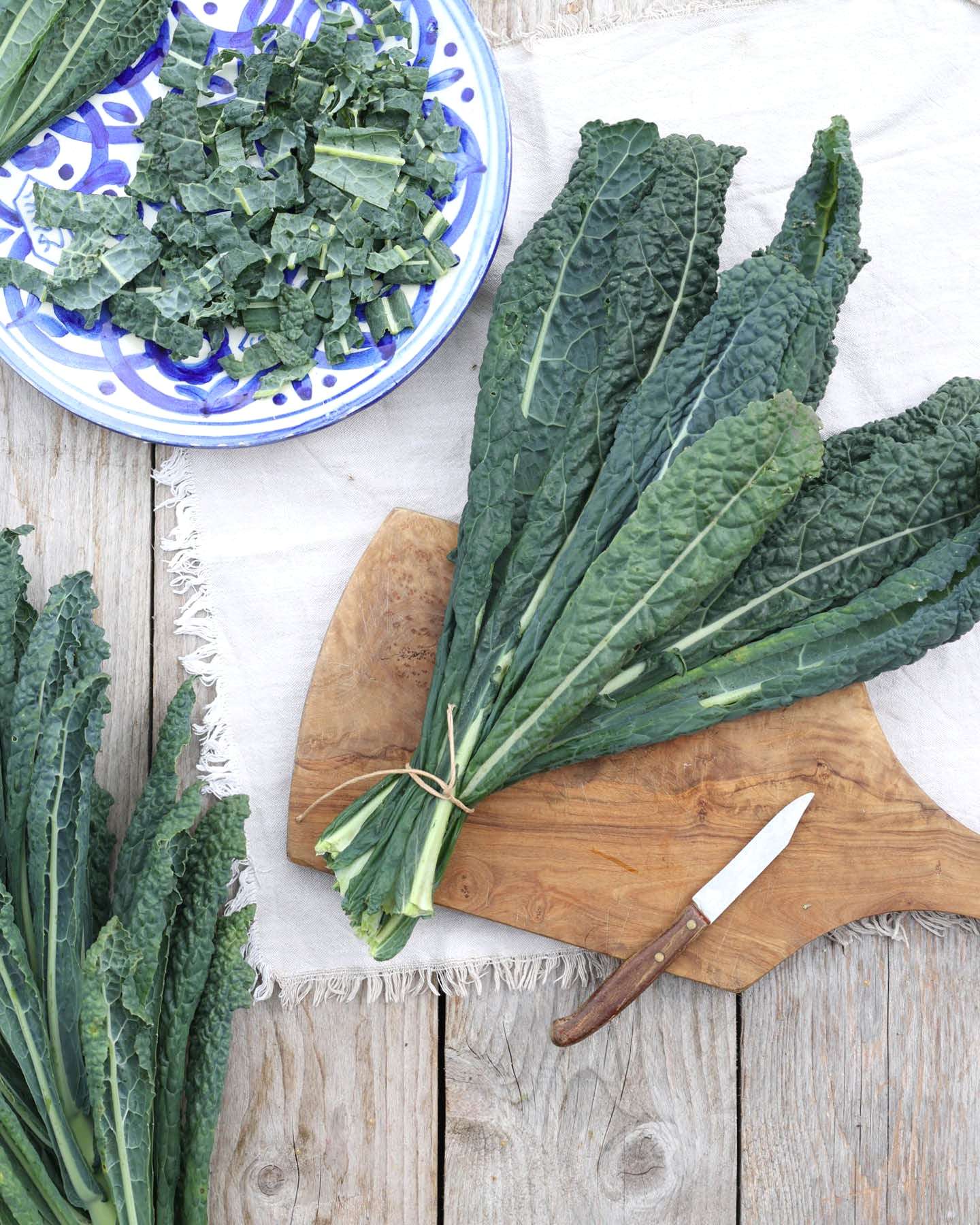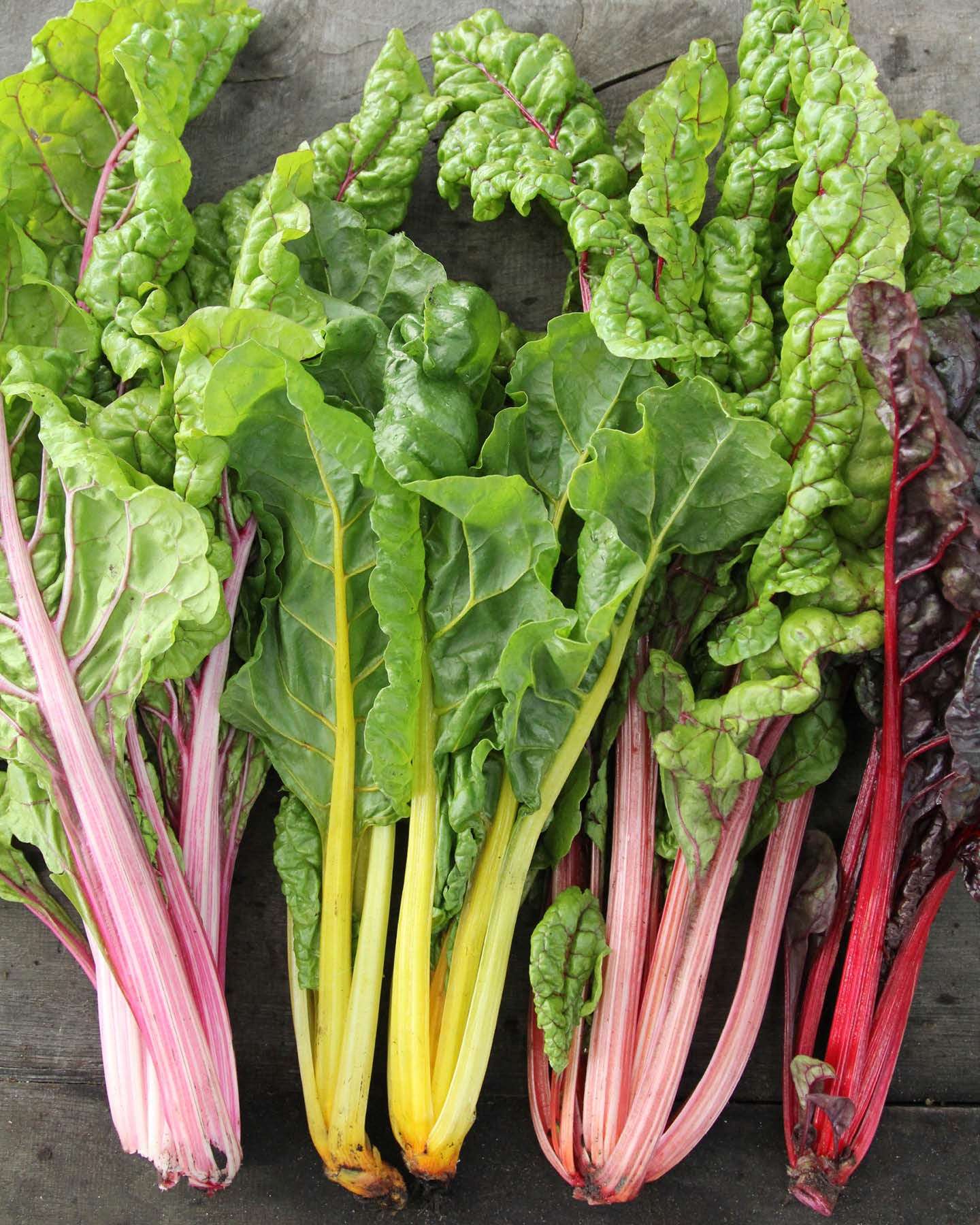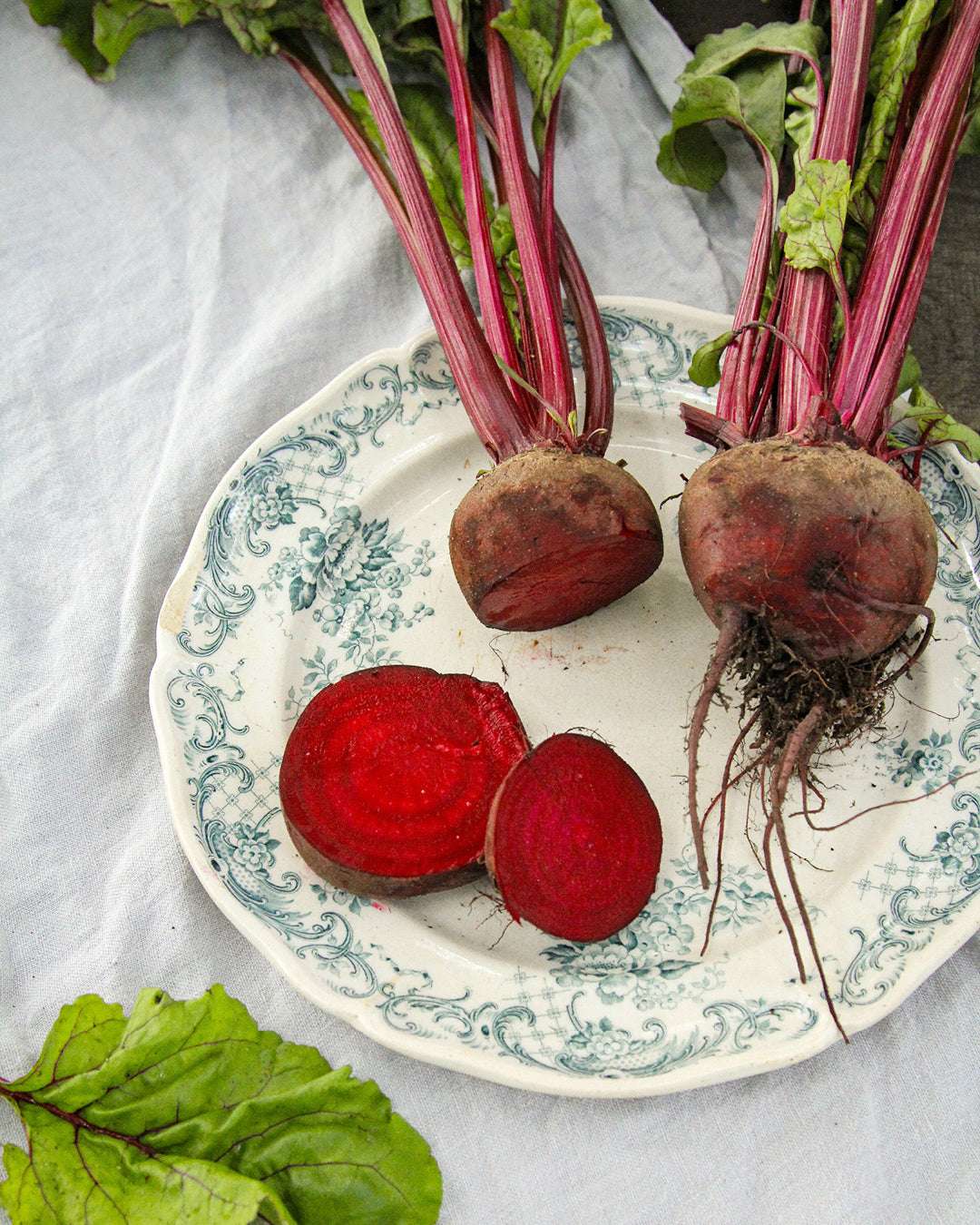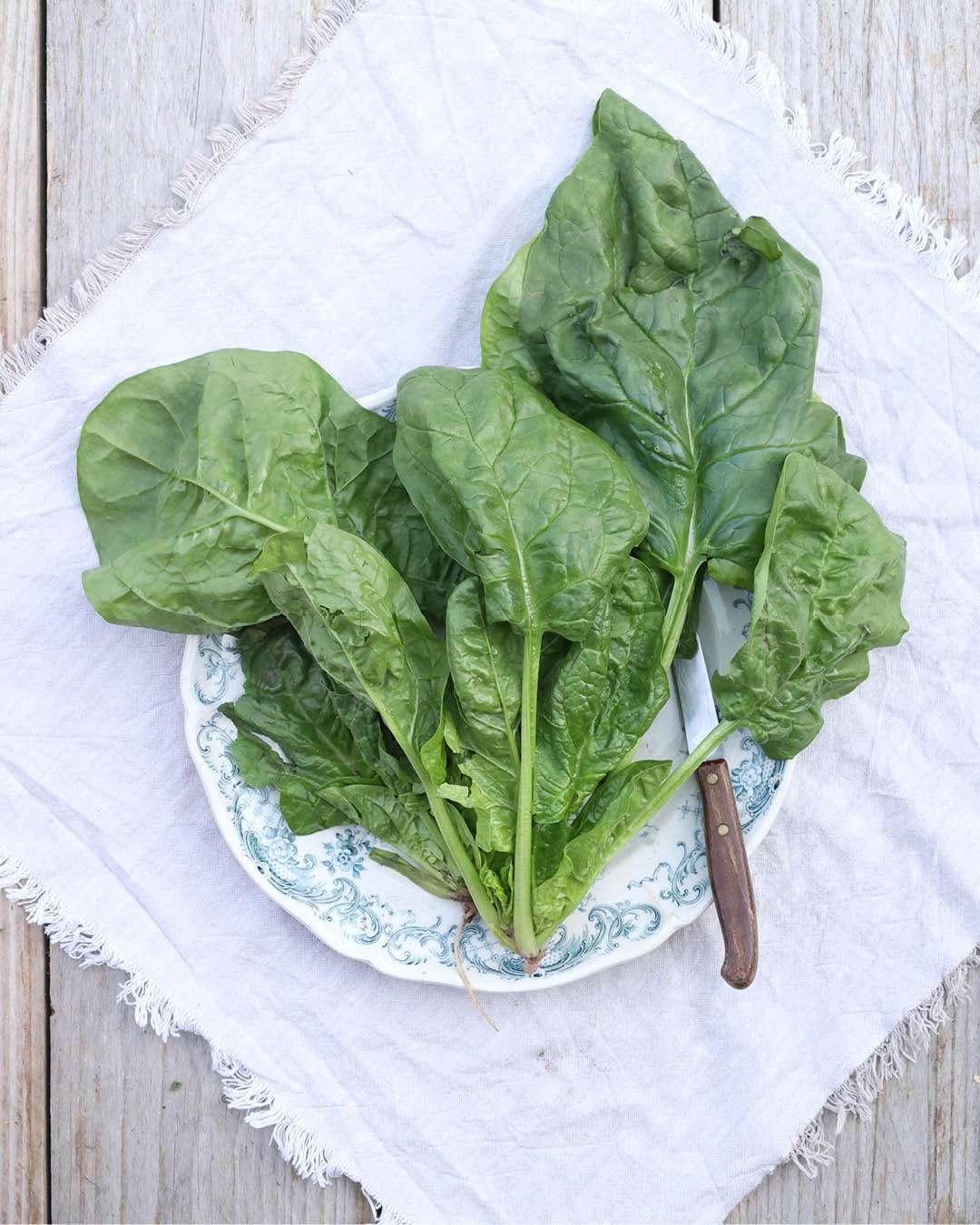Gardening tips for the vegetable garden in October
October is a month of transition: The nights are getting cooler, the days are getting shorter—and the last big harvest is coming up in the vegetable garden. At the same time, preparations for winter begin. Staying active in October will ensure healthy plants, full pantries, and a good start to the next season. Here are the most important tips for your vegetable garden in the golden month of autumn.
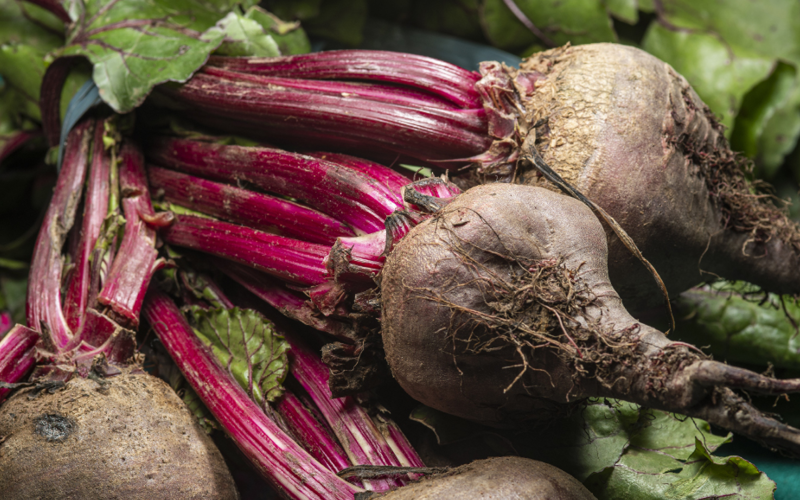
Harvest time for root vegetables and potatoes
Harvest root vegetables in time
Beets, carrots, salsify, and celery should be harvested before the first frost. Carefully lift the tubers from the ground with a digging fork and twist off the leaves without damaging the tuber. A wooden box filled with slightly damp sand in a cool, frost-free place is ideal for storage.
Dig up late potatoes
Late potatoes are now perfectly ripe. Wait about two weeks after the leaves die back for the skin to harden properly. Then you can carefully remove them from the ground, dry them, and store them in a cool place. They're especially delicious for a small potato fire or an oven-baked dish with freshly harvested tubers.

Fruit & Berries: Harvesting, planting, caring
Collect fallen fruit regularly
Fallen apples, pears, or plums should be collected regularly. Healthy fruit can be used directly, for example, in compote or jam. Rotten fruit should not be composted—it promotes fungal diseases and attracts pests.
Harvest and enjoy quinces
Quinces are also ripe for harvesting in October. When they show their typical color, have a strong fragrance, and can be easily removed from the branch, the time is right. After harvesting, quinces should be stored in a cool place—ideally in an airy wooden box. Due to their hard texture, they are particularly suitable for jellies, chutneys, or jam.
Plant fruit bushes now
October is ideal for planting new fruit bushes—for example, currants, gooseberries, or raspberries. The soil is still warm enough for the roots to develop well. When planting, ensure adequate spacing and a sunny, well-drained location.
Pruning walnut trees
Now is the ideal time for pruning walnut trees. Between October and December, the trees "bleed" the least. Remove dead or crossing branches to promote vitality and create a more airy crown.
Preparations for winter
Clear and prepare beds
Clear harvested beds and thoroughly remove plant debris. This will prevent disease. Then, loosen the soil and add compost or green manure. A mulch of leaves or grass clippings will also protect the soil over the winter.
Seeds for the winter garden
Now is still the time for robust autumn crops like lamb's lettuce, winter purslane, or spinach – especially in cold frames or greenhouses. These provide fresh greens and vitamins even during the winter months.
Frequently asked questions (FAQ) about the vegetable garden in October
Which vegetables should I harvest before the first frost?
Sensitive root vegetables like beets, celery, carrots, and pumpkins should definitely be dug up before the onset of frost. Late potatoes should also be dug up and stored now.
When are quinces ripe?
When they are intensely yellow, have a strong fragrance, and are easy to remove from the branch. The skin should be smooth, the flesh still firm.
What is the best way to store quinces?
Store quinces in a cool, airy place, separate from other fruits—their strong aroma can overpower apples and other fruits. Individual storage in wooden boxes or paper bags is ideal.
Can I still plant fruit bushes in October?
Yes, that's actually ideal. The soil is still warm, so the shrubs can take root well. They'll then sprout vigorously in the spring.
Should I prune trees in October?
Yes – walnut trees, in particular, should be pruned now. During the leafless season, the tree loses less sap and tolerates pruning better.

